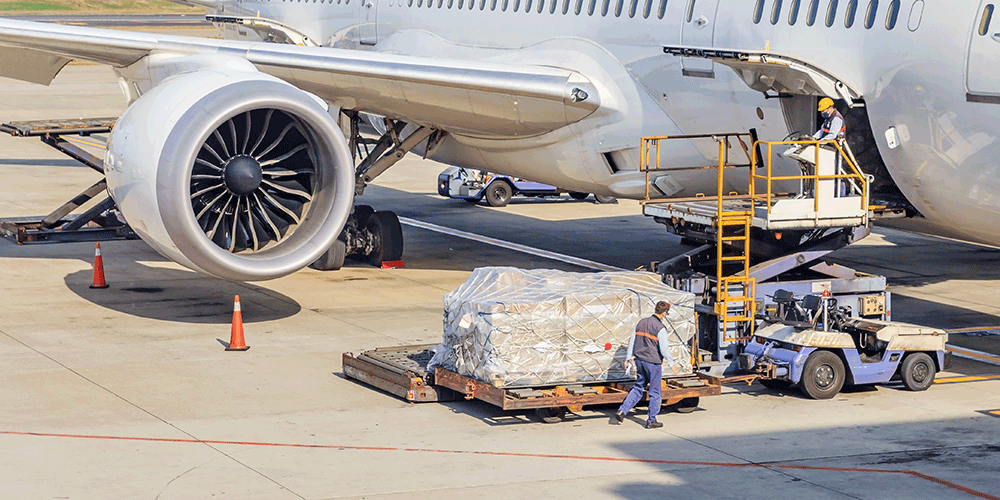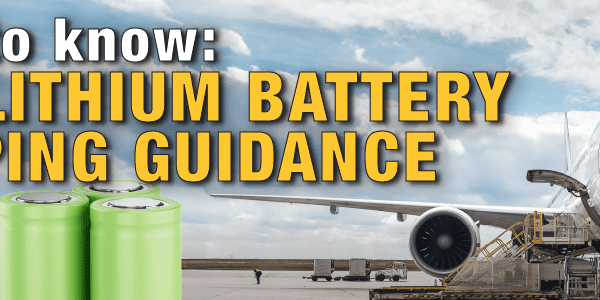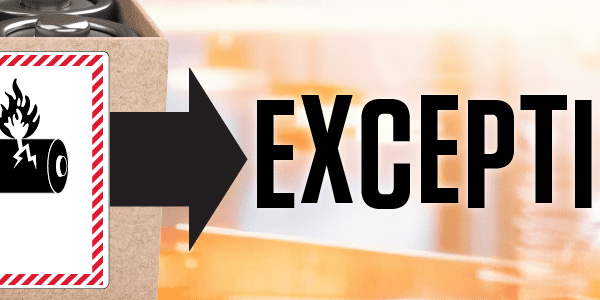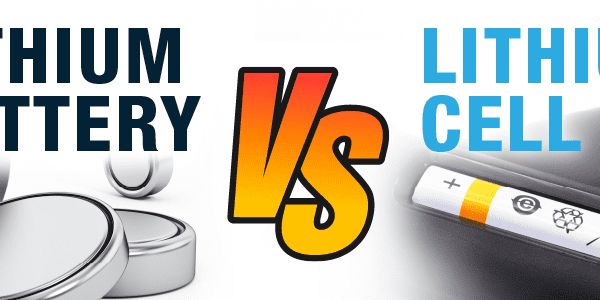
2018 IATA DGR Significant Changes
It’s that time of year, the IATA Dangerous Goods Regulations are released. This year marks the 59th Edition which includes the following significant changes:
- Limitation have been adopted on the number of portable electronic devices (PED) and the number of spare batteries that may be carried by passengers or crew members.
- Many operator variations have been added, changed, or deleted.
- The classification sections now include all substances and articles in Class 9.
- Several special provisions have been added, changed, or deleted.
- There are new restrictions on packing lithium batteries (surprise, surprise).
- Several packing instructions have been added, changed, or deleted.
- The Lithium Battery label now has a recommended UN number height of 12mm.
- Changes have been made to Appendix B, D, E, and F.
A new appendix has been added – Appendix I. This new Appendix provides details of what to expect in 2019. These changes are based on the changes arising from the UN model regulations, and agreed to by the ICAO panel.
Some of these changes include:
- Replacement of the word “risk” with the word “hazard”.
- Changes to the provisions for classification of corrosive substances. These changes will better align the classification with the GHS Subcommittee (or GHS recommendations).
- A new requirement to make available the test data for Lithium Batteries (UN38.3 test).
- New UN numbers: UN3537 and 3538, which are for articles containing dangerous goods in classes 2, 3, 4, 5, 8, 9, and 6.1.
- New, changed, or deleted special provisions.
- Removal of the lithium battery handing label (7.2.4.7).
This blog only highlights the changes included in the regulations. It illustrates the importance of ordering a new book on an annual basis in order to stay current with the regulations. Order your 2018, 59th Edition today!






 ICC USA
ICC USA ICC Canada
ICC Canada